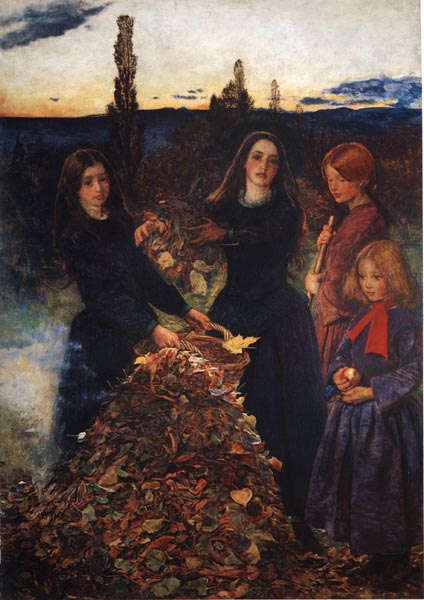1) How did you first become involved in the tea industry?
 My adventure in the tea business started when I first visited our company's headquarters a few years ago. The idea of working with something delicious and healthy was what appealed to me at the time and is what continues to drive me.
My adventure in the tea business started when I first visited our company's headquarters a few years ago. The idea of working with something delicious and healthy was what appealed to me at the time and is what continues to drive me.2) What is your favourite tea a) to work with and b) to drink (and why?)
I enjoy working with flavoured and herbal varieties, because they are a great way to initiate people to gourmet tea. Their taste is easily accessible and a good starting point to the world of tea. On a personal level, I particularly enjoy oolongs, such as Ali Shan, Dancong and Ti Kuan Yin.
3) Where do you think the best tea comes from (e.g. Japan, Sri Lanka) and why do you think that?
Tea has a myriad of aspects that is difficult to rank in an impartial manner. Each region has a rich and unique heritage when it comes to growing and consuming tea. In my opinion, the Fujian province in China and the Darjeeling region in India have some of the finest tea producers out there.
4) Where do you get inspiration for your more 'unusual' blends?
We rely on our staff members to create blends that are fresh and intriguing. We also value our customers' input - it is surprising how passionate and creative some of them are!
5) Why do you think it's important for people to experience good quality tea?
Gourmet tea has an impressive variety of flavour profiles that helps train your palate. It makes us realize that there is more to the crop than fancily packed fannings at a random supermarket. Tea is also a great way to discover distant regions and expand your cultural horizon.
6) Why do you think independent tea blenders and merchants have been gaining popularity in the last few years?
I believe that the way we conceive food and its role in our lives has changed dramatically over the last several years. People have become more knowledgeable and sophisticated about what they eat or drink. Quality and health are central themes for shoppers and producers alike. In this respect, independent tea businesses have been at the forefront of this movement thanks to a product that is both healthy and delicate, and are well positioned to continue to sap this trend as it moves towards the mass market.
7) If you could have any five people at a tea party, who would you have and what would you serve them?
I would have my closest friends from around the world gather in one place to discuss anything from movies to politics. Dancong would be my weapon of choice to keep the conversation brewing.
8) Where do you see the tea industry (and tea itself) heading in the next few years?



